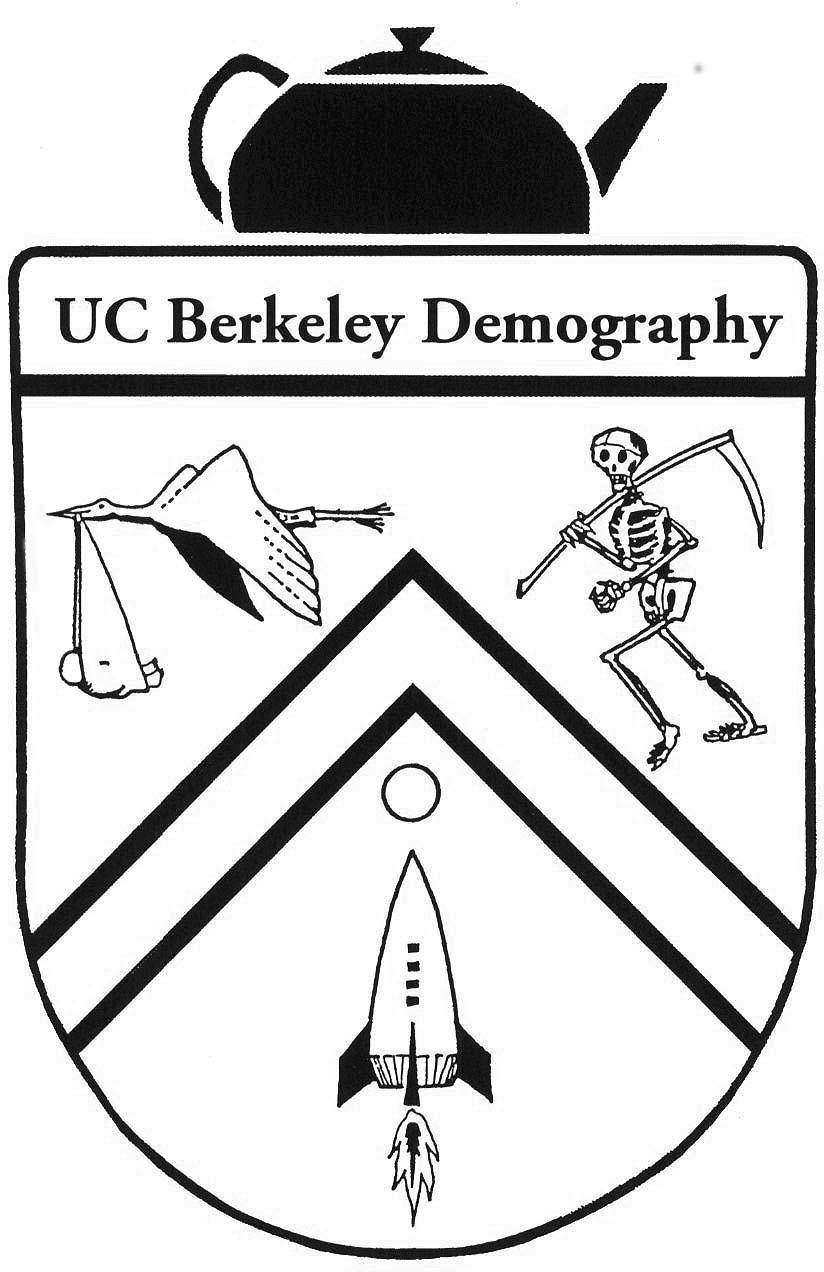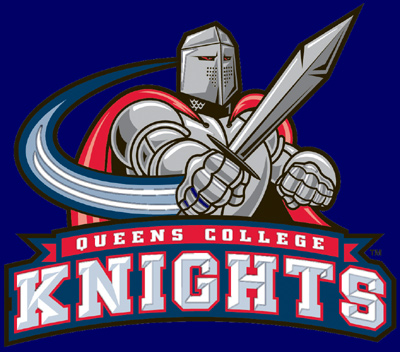Teaching
Undergraduate Data Science and Demography at UC Berkeley
L&S 88-1: Health, Human Behavior, and Data

This course was one of the first Data Science connector
courses at UC Berkeley. Like other connectors, it was
designed to complement the foundational course in the Data
Science sequence, Data 8, which has
no prerequisites and is a hybrid of introductory computer science,
statistics, and applied empirical science. It builds statistical
inference using observation, intuition, and algorithms rather than
theory.
The overarching themes of "Health, Human Behavior, and Data" are
that (1) we have good data and many priors about what produces good
health; and that (2)
in social sciences in general, and in health economics in
particular, what the casual observer may see in the relationship
between a particular Y variable and an X may or may not represent
a causal relationship. In a policy
context, we would like to know how to improve outcomes, not just how
outcomes tend to vary with observables. We briefly cover some
state-of-the-art techniques in social science inference.
Course page for Spring 2016 with interact
links to Jupyter notebooks
Course page for Fall 2015
Syllabus, Spring 2016
Demography/Economics c175: Economic Demography

This course will examine various economic and social causes and
consequences of population change in an international context. The
consequences studied will include the economic impact of immigrants on
U.S. workers and taxpayers, the growing pension burden as populations
age, the effect of population growth on economic growth, and
environmental consequences of population growth. The course will also
examine the economic causes of demographic behavior including
fertility, marriage, and labor supply. How have the functions of the
family changed during the course of economic development, and how do
they continue to change today? Why have divorce and extramarital
fertility risen so much in the U.S., while in many other countries
fertility has fallen far below replacement level and marriages are
postponed to later ages or foregone altogether? Why do people migrate
and what policies may influence migration? What drives declines in
mortality and how are these benefits distributed across social
groups?
Syllabus, Spring 2016
Undergraduate economics and statistics at Mills College
Economics 081: Introduction to Statistics

Statistical analysis is the backbone of applied scientific thought,
and it also features prominently in business and policy, both
historically and today. In Econ 081, we will develop the statistical
intuition and analytical techniques that will help you achieve goals
in your future coursework, in your independent work, and in your
future careers.
Syllabus, Spring 2017
Economics 164: Econometrics and Business Forecasting

Econometrics is the science of applying linear regression analysis
techniques used in many scientific disciplines to applied problems in
economics and business. This introductory course covers the core
concepts of classical regression, which are broadly applicable across
quantitative disciplines. The twin goals of the course are for you (1)
to understand the basic theory of regression analysis, and (2) to know
how to carry out your own regression analysis using standard
regression software. After completing this course, you will be able to
interpret standard regression results reported in journal articles,
and you will have the intellectual foundation needed for continued
study in statistical modeling methods. You will also know how to
organize real data in a regression-friendly format, how to use
statistical software to estimate a variety of linear regression
models, how to decide which model is best suited to your question, and
how to report your findings.
Syllabus, Spring 2017
Undergraduate economics at Queens College, CUNY
Economics 201: Macroeconomic Analysis

The Census Bureau announced that there were 308,745,538 people
residing in the U.S. on April 1, 2010, about twice as many as were
living in this country in 1950. We study macroeconomics because we are
interested in the well-being of these many individuals and of the rest
of the world's 7.1 billion people spread across 192 countries, each
with its own economy. While microeconomics provides us with tools to
understand decision-making and welfare among individuals and smaller
groups, macroeconomics supplies concise but realistic models to assess
well-being and economic behavior within much larger groups of
individuals.
(Previously numbered Econ 206)
Syllabus, Spring 2014
Economics 208: The Process of Economic Development

We are a nation of over 316 million people now, more than twice our
size in 1950. The world as a whole is home to roughly 7 billion
people, or about twice the number living in 1970. In contrast, average
income in the U.S. is almost $50,000 per year but only about $10,000
across the world as a whole. What are the factors that influence
growth in population and economic well-being, and what are the
prospects for future growth and development? These are big questions,
and in this course we will explore how economists answer them. Along
the way, we will examine the microeconomic behavior of individuals:
how do people choose to work or retire, save or consume, marry,
reproduce, and immigrate? What are the implications of these behaviors
for markets, for policy, and for society?
(Previously taught as BUS 383)
Syllabus, Fall 2013
Economics 215: Money and Banking

Events of the past several years have revealed how financial markets
are a very important part of the U.S. economy. The collapse of Bear
Stearns in Spring 2008, of Lehman Brothers later that fall, and the
subsequent bailout of A.I.G. were hallmarks of the global financial
meltdown that many economists believe was ultimately responsible for
the Great Recession of 2008. What comprises financial markets? What do
they do and why do we need them? If we need them, how can we work to
prevent what just happened from happening again? And on a more
personal level, how can you make money using your knowledge of
financial markets after graduating from Queens College with a degree
in accounting or economics?
Syllabus, Fall 2010
Ph.D. economics at the CUNY Graduate Center
Economics 71100: Macroeconomic Analysis

The main goal of this course is for students to acquire analytical
skills required to solve problems in macroeconomics. Acquisition of
these skills is a key first step in mastering the material covered in
the macroeconomics and monetary economics field courses offered by the
program, and these skills also are relevant for field courses in
applied microeconomics and in financial economics. Finally, these
skills also play a key role in selecting important topics to research
in a dissertation and in successfully completing that research.
Syllabus, Fall 2009




